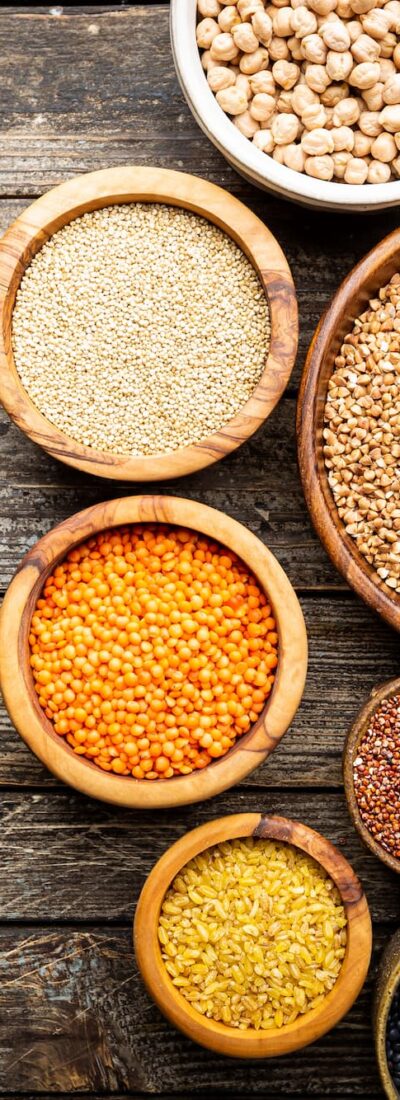Cereals are defined as grains or edible seeds of the grass family Poaceae. They are grown for their highly nutritious edible seeds, which are often referred to as grains. Some cereals are stapled foods both directly for human consumption and indirectly via livestock feed.
Major Cereals
Cereals mainly comprise Maize, Barley, Finger millet, Pearl millet, Rice, Sorghum, Wheat, Wheat (pasta), Oats, Rye, Triticale, Grain amaranth, Teff. Maize, Wheat, and Rice are the most important staples with Maize taking the lead in both consumption and production in larger acreage compared to the other cereals. Maize alone constitutes the daily subsistence need for the majority of Kenyans.
Agro-Ecological Zones
Cereals are grown in most agro-ecological zones of Kenya with the exception of the northeastern region. Production of cereals is highly reliant on rain-fed agriculture leading to fluctuations in production. In some parts of Kenya, cereals are grown in two seasons and mostly intercropped with legumes.
Cereals Production
In Kenya land under cereal production fluctuates around 2.52Ha million producing 3.71 Million tons (FAO, 2017) of harvested dry grain. Maize, wheat, rice, sorghum, and millets are the commonly grown cereals in the Counties.
Challenges
Major challenges in cereal production include; pests and diseases, high production costs, fluctuating prices of produce, prolonged droughts, poor handling, and storage.
The role of cereals in health
Cereals provide a range of macro- and micronutrients and high consumption of cereals has been associated with a decreased risk of developing several chronic diseases. Cereals are stapled foods, with current estimates of annual cereal consumption at 166 kg per capita in developing countries and 133 kg in developed countries (FAO, 2003). Annual per capita cereal consumption in Kenya averages 123 kg.
The role of cereals in health and diseases
Cereals have a long history of use by humans, dating back to prehistoric times. Cereals are stapled foods, with current estimates of annual cereal consumption at 166 kg per capita in developing countries and 133 kg in developed countries (FAO 2003). Annual per capita cereal consumption in Kenya averages 123 kg. Cereals provide a range of macro- and micronutrients and high consumption of cereals has been associated with a decreased risk of developing several chronic diseases.
